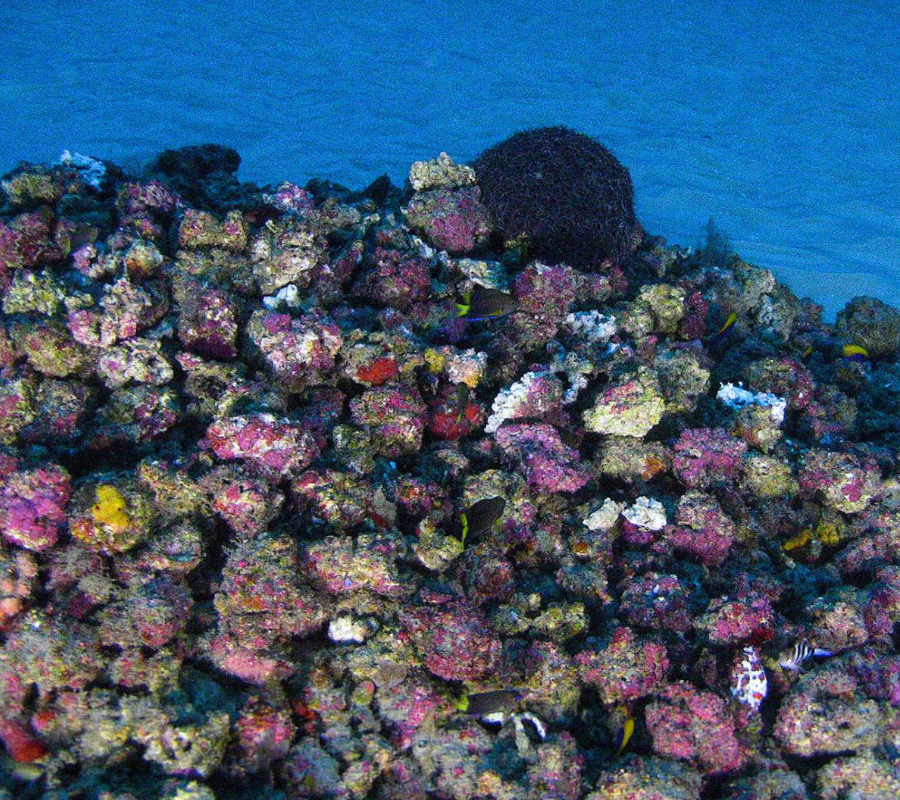While trying to take pictures and confirm its existence, a submarine from environmental organization Greenpeace located the largest Brazilian coral reef at the mouth of the Amazon river.
The 600-mile-long reef was first discovered in 2012 during a research expedition, but it was revisited recently as oil companies have announced their plans for drilling the area for exploration. The reef lies at a depth of 220 meters and experts suggest that drilling plans should be prevented in order to preserve the unique species that live in the reef.

“This reef system is important for many reasons, including the fact that it has unique characteristics regarding use and availability of light. It has a huge potential for new species, and it is also important for the economic well-being of fishing communities along the Amazonian coastal zone,” stated Nils Asp, who was aboard the boat during the finding, as reported by The Guardian.
The Amazon reef is so long that it stretches from Brazil’s Maranhao state all the way to French Guyana. This coral reef has the difference that it is managed to thrive on in muddy waters, while most coral reefs grow on clearer oceanic waters.
It appears that the reef is home to at least 70 species of fish and crustaceans and 60 species of sponges and marine stars. Only recent pictures of the reef have been made available, mainly due to the conditions of its murky waters and strong currents.
The Amazon coral reef is surrounded by oil
Currently, Greenpeace is conducting a campaign to deter oil companies from drilling on the site. The organization states that the mouth of the Amazon River is seen as a key location for oil exploration when it comes to Brazilian waters. Oil companies, including BP, are eager to start drilling in the area.

According to Thiago Almeida, a Greenpeace representative in Brazil, the organization will use all of its resources for protecting the area, seeing that an oil spill would irreparably damage the ecosystem that has thrived on at the Amazon river mouth without human intervention.
So far, 95 wells have already been drilled in the region, but all of them appeared to be unfruitful for finding oil or gas. Currently, the Brazilian government believes that at least 14 billion barrels of oil may be hiding beneath the surface of the area surrounding the reef.
The organization recommends staying in touch with the endangered Amazon Reef by visiting this site, and also by following the activity of the Esperanza through Twitter, the ship that scientists used to take pictures of the reef, which will apparently remain at the zone to exert pressure.
Source: Greenpeace
